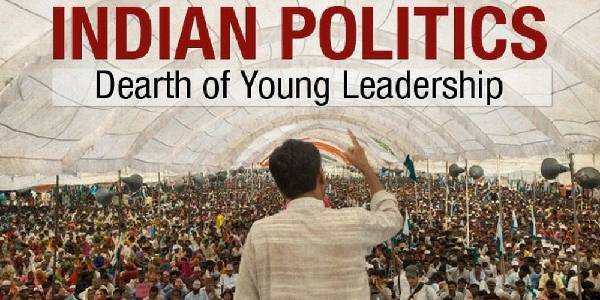
India is considered as the world’s largest democracy with a population of billions and an electorate of 817 million. Despite of the flaws in the democratic systems, it still stands strong when compared to the democratic failures of Bangladesh and Pakistan which were parts of India until independence. Unlike the British and American political systems that are existing since centuries, the Indian political system is recently constructed after the country gaining independence from the British rule.
The Indian Constitution
The present Constitution came into enforcement in the year 1950, on 26th January which believes in liberty, justice and equality for every citizen of the country. The Indian Constitution is the lengthiest document when compared to the Constitution of any other self-governing country in the world. It comprises of 444 articles, 98 amendments, 12 schedules and about 146,000 worlds in the English version.
When compared with Japan’s current Constitution which has remained unaffected throughout the time, the Indian Constitution is considered as the most modified national documents across the world with about ninety eight changes in just seventy years. Most of the improvements in the Constitution have been a part of disputes in the Supreme Court and the Parliament. The long-running arguments were caused due to disagreements with the judicial review of laws and constitutional changes.
The executive division
The President is elected as the head of the state and considered as the first citizen of the nation. The position of the executive head is similar to the position of the British monarch as far as the functioning of the government is concerned. The President usually plays an official role, designated in order to encourage, advice and guide the elected members of the government on constitutional matters. The President can even return a bill to the Parliament for reconsideration and the role becomes crucial mainly at times of crisis.
Role of the President and appointment of the executive head
If the first citizen of the nation declares a situation of emergency, then the lower house of the Parliament is allowed to extend its life beyond the normal five year tenure. The President is elected by the Electoral College where about five thousand members of the state legislature and national parliament are entitled to vote and choose the executive head. Mr. Ram Nath Kovind is the present President of the country who belongs from the dalit caste. The Vice-President is also chosen by the Electoral College consisting of members of the Lok Sabha and Rajya Sabha. The Vice-President becomes the head of the upper house of the Parliament.
Head of the elected government
The Prime Minister of the country is appointed by the President on the proposal of the majority party of the lower house of the Parliament. Mr. Narendra Modi was appointed as the Prime Minister of India in the year, 2014 who is a leader of the Bhratiya Janata Party. Ministers are then nominated by the President on the approval of the Prime Minister and these ministers together consist of the Council of Ministers.
The lower house of the Parliament is known as the House of the People. According to the Constitution, the Lok Sabha comprises 552 members which represent 530 citizens from the state, 20 citizens from the Union Territories and two members represent the Anglo-Indian community.

Thanks for educating us about the Indian constitution. I am happy that India continues to be a democratic country for several years after Independence. Thanks for updating about the current constitution heads and their powers. Really an informative post which gives a clear insight about the constitution of India.
I am proud to know about the Indian constitution. I never knew that the Indian constitution has been updated several times. It is shocking that nearly 98 updates took place in the constitutional amendments after Independence. Hope to know more about the constitution of India in your future post.
It is good news that the first citizen of India is from the Dalit community. This is perfect proof that the country offers equal rights to all the people irrespective of the caste and religion. I am proud to be an Indian.
The role of the President is critical during emergency situations of the country. He has the power to take any important decision during a crisis. Thus the highest power of the country is in the hands of the President who is elected by the members of the Parliament.
The above post gives a clear overview of the Indian political system. The current status of Indian politics is debatable. We are about to face the Parliament Elections very soon. It is our duty and fundamental rights to elect our leaders of the constitution.
It is shocking to know that the constitution of India has undergone several changes due to arguments with judicial reviews. Hope in the future there are no disputes between the Parliament and the Supreme court. Really an informative post.
Everyone should spare some time and read the above post. It is the duty of every individual to know about the political system of our country. Every citizen should be aware of the hierarchy of the constitutional heads. Worth reading the above post.
The power of the President is rightly described in the above post. He has the power to accept or reject a bill passed by the Parliament. The President of India has powers to suspend the death sentence judgment offered by the Supreme court.
The Parliament compromises of Lok Sabha and Rajya Sabha. The Lok Sabha is called the house of the people as social issues and problems related to people are discussed in this place. The elected members of each state talk in support of their people.